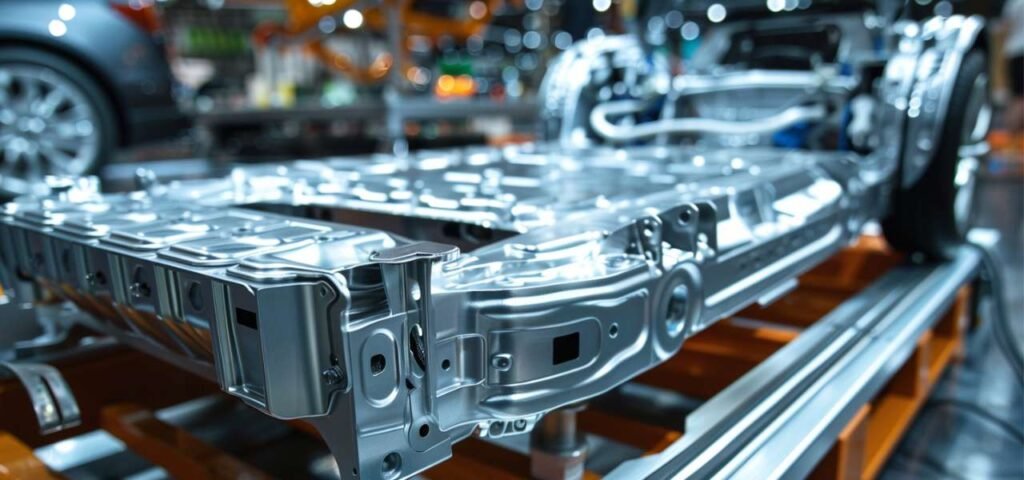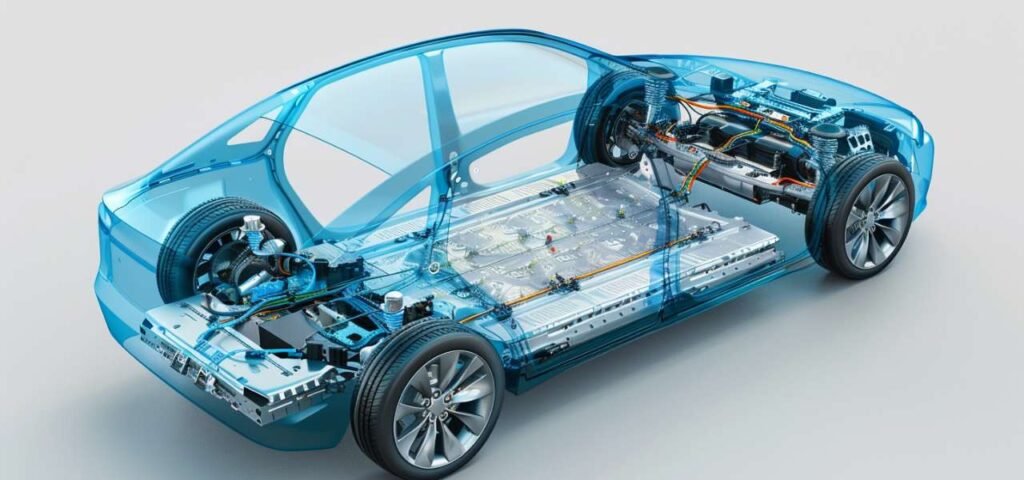1.What is a vehicle lithium battery?
A vehicle lithium battery is the power source for hybrid electric vehicles (HEVs) and electric vehicles (EVs). Due to some technical performance limitations of nickel-metal hydride batteries, such as energy density and charge-discharge speed, approaching theoretical limits, lithium batteries are recognized by both automobile manufacturers and battery producers for their advantages such as high energy density, large capacity, and lack of memory effect. Currently, the focus of research and development in various countries is on lithium-ion batteries.
2.Key technologies of vehicle lithium batteries
Many issues here are being addressed by Japanese researchers and companies involved in lithium-ion technology development, seeking standardized solutions based on voltage ranges. Depending on the voltage standards, the performance of batteries depends on the cost of battery packs (higher voltage costs more due to the complexity of batteries, temperature management, and monitoring issues) and the trade-off between the energy loss and complexity of control systems caused by the inherently higher voltage of batteries. Japanese engineers are willing to adjust two charging standards: 144V for mild hybrid vehicles and 288V for hybrid vehicles. However, about a quarter of the market has hardly responded to standardizing voltage.

3.Battery storage technology for vehicle lithium batteries
The continuous development of battery storage technology constitutes an important part of the future success of lithium-ion batteries. Many different battery materials and chemical compositions are being researched and tested by numerous battery companies. A competitive development process will accelerate the commercialization of this technology as high-quality batteries are developed and put into production. Ultimately, battery technology will define the competitive differences between HEVs and EVs in the medium to short term.
4.Control devices for vehicle lithium batteries
If the electric vehicle being considered is a hybrid vehicle, control circuit technology must be considered for battery management and the integrated performance of batteries and motors.
5.Cycle life of vehicle lithium batteries
The batteries used in HEVs and EVs must have a usage cycle close to that of traditional engine vehicles, which is 10 years or 160,000 kilometers. Early hybrid vehicles such as Toyota’s Prius and Honda’s Insight had approximately this cycle using existing nickel-metal technology, proving their reliability. It is also hoped that current lithium-ion battery technology can achieve this goal. Why not now? Compared to commonly used nickel-metal hydride batteries, lithium-ion batteries have the competitive advantage of higher power and energy density, as well as strong charging and discharging effects. In the transition to hybrid, plug-in hybrid, and all-electric vehicles, lithium-ion batteries are indispensable.

6.Advantages and disadvantages of vehicle lithium batteries
Advantages: Lightweight – Lithium batteries weigh about 1/3 of lead-acid batteries and have a smaller volume. Long lifespan – Typically, over 600 cycles of use, environmentally friendly, and do not cause long-term pollution.
Disadvantages: Expensive cost
Main issues:
(1) In terms of technical capabilities, although domestic manufacturers have expressed their involvement in the research and production of new energy vehicles, due to the limited number of models with high technological content and the beginning of intensified competition in the electric vehicle market, insufficient research and development funding and lack of innovative power directly affect China’s ability to possess electric vehicle technologies with independent intellectual property rights.
(2) Regarding lithium batteries, the “power source” is the “technical bottleneck” for the development of electric vehicles, with issues such as short driving range after charging. Moreover, it remains to be seen whether there will be a truly meaningful battery recycling, leasing, and secondary manufacturing industry chain in the future electric vehicle market. Additionally, battery interfaces are different, similar to different brands of mobile phone charging ports, and the uncertainty of “standards” will greatly affect the development of electric vehicles.

